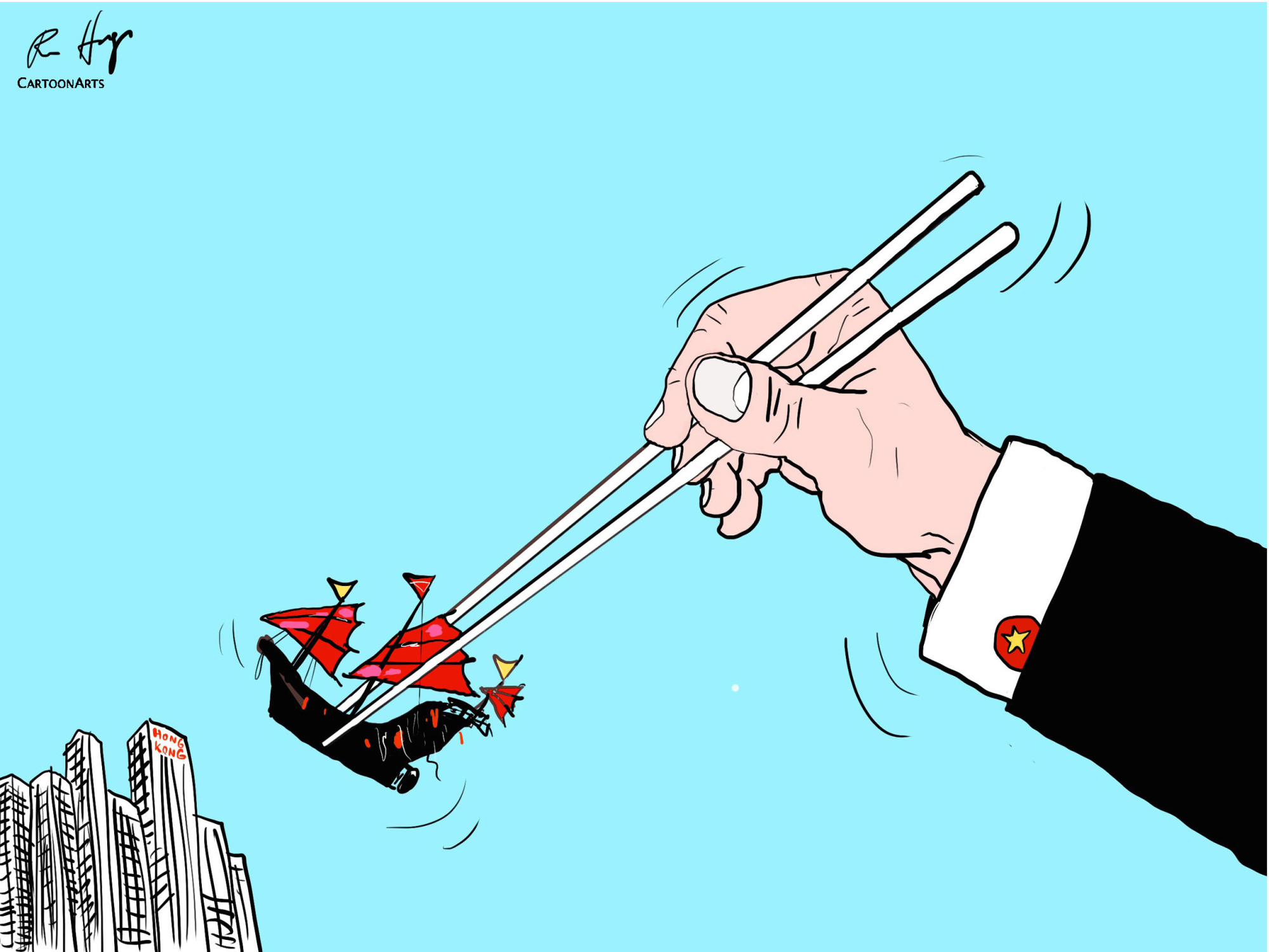The Chinese Communist Party's response to the political unrest in Hong Kong is familiar. One aspect of this response was to employ vigilante thugs to attack protestors, most notably in July in a subway station. Using non-uniformed ruffians to intimidate opponents of the government's agenda is a typical Chinese tactic with deep historical roots. Modern Chinese criminal gangs began as Chinese nationalist activists. Plain-clothed attacks were a common feature of Taiwan politics in the 1980s, when the exiled Kuomintang government was trying to appear less authoritarian.
The objective in Hong Kong is to send what everyone understands is a signal from Beijing, while maintaining plausible deniability for the CCP leadership, which can continue to put forward its genteel spokespersons who emphasize rectitude and principle. We see the same general approach at work in the South China Sea, where deputized Chinese fishing boats commit acts of hooliganism as People's Liberation Army Navy vessels wait in reserve.
Another typically Chinese feature is the allegation of foreign instigation. The obvious logic is that large numbers of people could not possibly be discontent with CCP rule unless some ill-meaning outsider put dangerous ideas into their heads.















With your current subscription plan you can comment on stories. However, before writing your first comment, please create a display name in the Profile section of your subscriber account page.